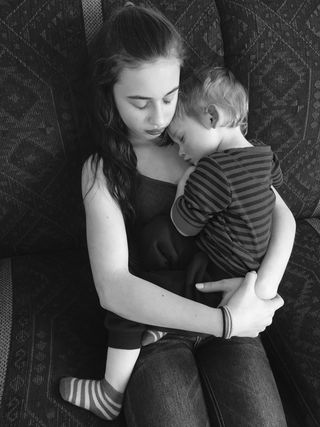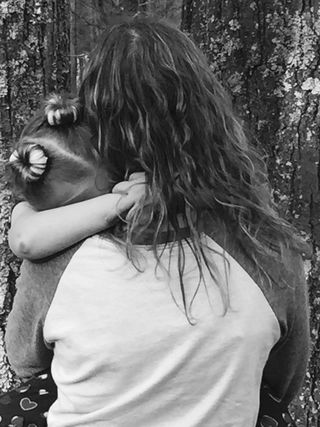Protective and Risk Factors Associated With Trauma
The process of recovery and resiliency.

Source: Asa Don Brown
Recently, I was reflecting upon my private practice and the impact that trauma has had on a number of my past patients. As a practitioner, I also recognize the vicarious implications that trauma has had upon my own life, but more than that, the widespread implications that trauma has had upon others. When reflecting back, it is apparent that those patients who have had protective factors in place were much more successful than my patients who were without protective factors.
When healthy parental caregiving is in place, we know that it helps insulate the child from developing negative psychological implications in response to a traumatic experience. While we understand that protective factors—family, parental relationships, community, social supports, intellectual quotient (IQ), and physical and personal wellbeing—may be in place, the reality is the risk factor of developing a traumatic condition remains. Trauma itself has no allies or loyalty and can have a profound effect upon an individual despite all of the insulating factors being in place.
Why is trauma capable of affecting someone with protective factors in place?
If you will, consider your physical home. If the physical house with which you live is well insulated, then you will have a more efficient home. A well insulated home can protect against the natural environment by making a house more energy efficient through maintaining the desired temperature and reducing the uncontrolled air leakage. In fact, it has been proven that particular insulations can protect against certain critters, insects, infiltration of pollutants, molds, moisture, outdoor allergens, and improve the overall the quality of the air you breathe.

Source: Asa Don Brown
- family environment that is supportive and naturally nurturing
- dependable and stable family relationships
- consistent parental employment
- parents and caregivers who display appropriate and healthy affection
- academic achievement
- monetary and financial stability
- socioeconomic status
- biological and medical health of the parents or caregivers
There is a fine line between protective factors and risk factors. Protective factors will always encourage personal growth, maturation, independence, stability, and the ability to thrive, while risk factors deteriorate a person’s ability to feel secure, safe, and effectively manage his or her
life. Essentially, the greatest risk is a person's incapability of thriving and proving resilient.
What places someone in jeopardy of developing a traumatic condition?
When a person has inadequate insulation or is incapable of relying upon those who offer protection, they have increased odds of developing an issue related to the traumatic experience. If a trauma can penetrate the psychological mind and wellbeing of an individual, it can have a dire effect on the individual’s ability to recover. Insulating an individual occurs over time through the reassurance that a person is safe, secure and capable of relying upon others and his or her environment.
Most of all, do not give up and do not give in to the thoughts, feelings, and emotions associated with the traumatic experience. Furthermore, do not allow others exposed to traumatic experiences to give up or give in to the thoughts, feelings or emotions associated with the trauma. While experiences associated with a trauma may vary, the process of recovery is similar.
Those who are recovering from a traumatic experience should be encouraged to find help. The immediacy of finding help will make the process of recovery more manageable and the therapeutic process more effective. However, it is never too late to find help for traumatic experiences; the ability to recover is possible. Essentially, our minds have the greatest influence on our perceptions and relationship to traumatic experiences.

